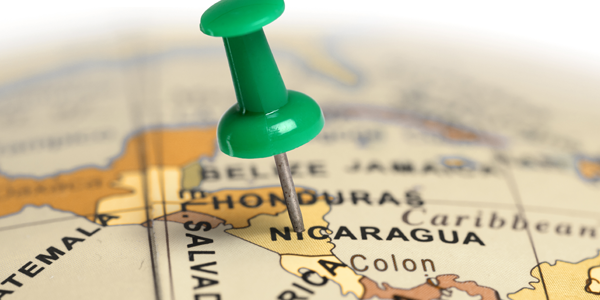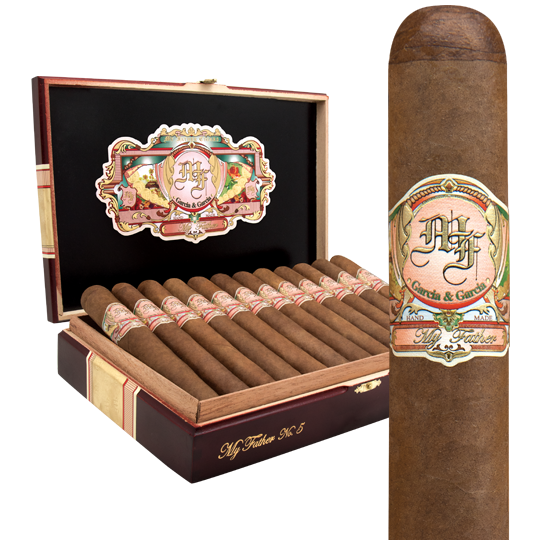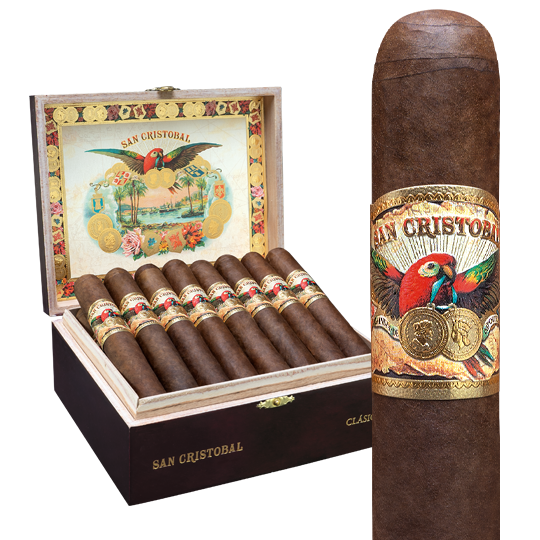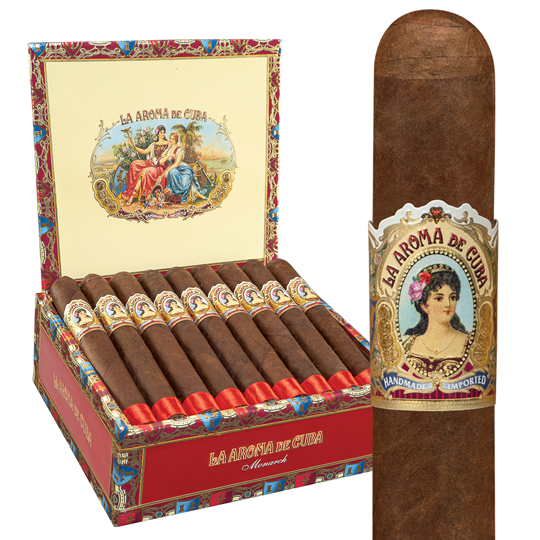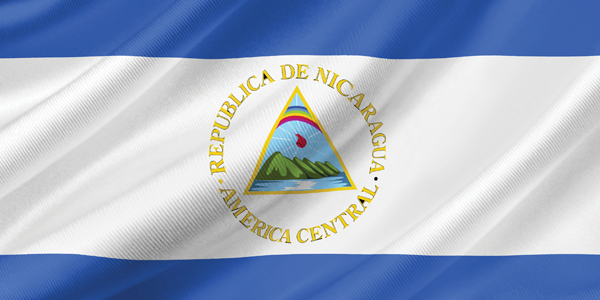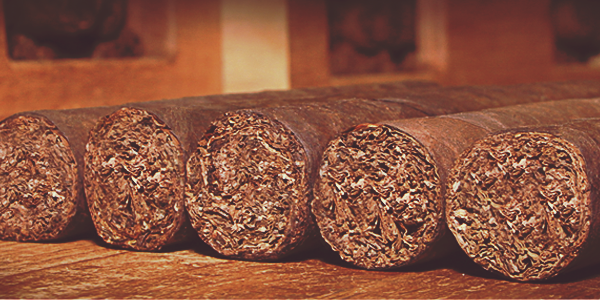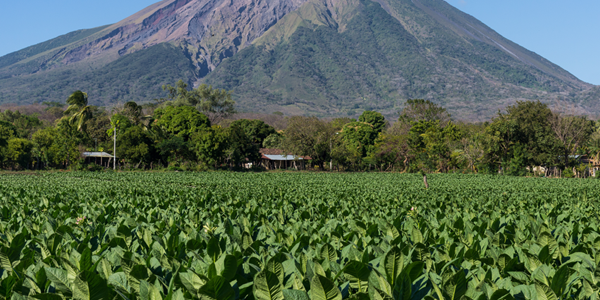Nicaraguan Tobacco
If you are a fan of premium cigars, you’ve likely smoked one from Nicaragua. Nicaraguan tobacco is, today, considered equal to, if not better than, tobaccos from other parts of the world. My Father, Padrón, Oliva, and AJ Fernandez represent some of the best-known Nicaraguan brands.
The history of cigar-making in Nicaragua can be traced to the late 1950s, after the Castro Revolution in Cuba succeeded and created a diaspora of the country’s cigar-makers. In Nicaragua, many of the Cuban expatriates said, they found soil similar to that of Cuba’s Pinar del Rio. That’s why Nicaragua is the leading producer of premium tobacco today, surpassing other tobacco-growing countries, like the Dominican Republic, within the last few years, and why Nicaragua is home to some of the world’s best cigar factories.
Tobacco from Nicaragua
Part of the reason that tobacco from Nicaragua is so highly valued today, both for the country’s puros and for blending with tobacco from other countries, is the diversity of the tobacco growing regions of Nicaragua. Each of the four main regions, Estelí, Condega, Jalapa, and Ometepe has soil that contributes distinct qualities to the tobacco grown there. Recently, a new region, Namanji, has emerged, fewer than 20 miles east from the “capital” of Nicaraguan cigars, Estelí. Oh, and if you haven’t smoked a Nicaraguan cigar, you’re missing out!
Tobacco Growing Regions of Nicaragua
Estelí
Estelí is the name of both the city, Nicaragua’s second-largest, where most of Nicaragua’s cigar manufacturers are located and the region that produces a lot of cigar tobacco. The soil in the growing fields of Estelí is largely hard and black. The fields get a lot of sunlight during the growing season, and they produce tobacco leaves with a very hearty flavor. Sometimes quite spicy, the tobacco from Estelí is dark, rich, and hugely aromatic. It is strong and has great body. The most prized leaf from this region is the Ligero, which many consider the region’s signature.
Condega
Condega is north of Estelí. The valley here has soil that is quite rocky. The tobacco is mostly grown out in the sun and yields a relatively thinner leaf. Most of the tobacco from Condega, roughly 70 percent, is used as filler, but the fields there do produce some tobaccos with a rich color that are used for wrapper. The Condega tobacco tends to be full-bodied and earthy. There’s a good balance of sweet – maybe with some cinnamon – and spicy. Makes for interesting blends.
Jalapa
The drive from Estelí to Jalapa can be difficult. The road is very tough at times. Vehicles are often wrecked and end up being looted by local residents. The reward comes when you arrive in the Jalapa Valley, near the Honduras border, and step into the lush, green fields of tobacco stalks and leaves. This is extraordinarily fertile soil that produces smooth, creamy, and sweet tobacco. There’s some full-bodied stuff here, but most of the tobacco is on the milder side. A large number of gorgeous wrappers come out of Jalapa.
Ometepe
Perhaps the smallest of the traditionally recognized four major tobacco growing regions of Nicaragua is Ometepe, a volcanic island in Lake Nicaragua, south of Managua. Eruptions from the Concepción and Maderas volcanoes created the island, though only the former is still active today. The volcanic soil is quite fertile and creates ideal and very humid conditions for growing tobacco. The tobacco grown near the bases of the volcanoes has a very strong flavor, with some sweetness and toastiness. Blending is tricky with the Ometepe strain, and some cigar makers reject it as it can lend a metallic taste to the cigar if not mixed precisely.
A New Tobacco Region
Namanji
About a decade ago, the award-winning father-and-son cigar-making team of José ‘Pepin’ and Jaime Garcia, producers of My Father, San Cristobal, La Aroma de Cuba, and Tatauje, began planting tobacco to the east of Estelí near the town of Namanji, in the department of Jinotega. Now, the fields there are producing stunning shade-grown wrapper leaf grown on more than 100 acres of private land. The soil is black and produces leaves with exceptional flavor, quality, and aroma. That wrapper is found on the La Aroma de Cuba Pasión.
The La Aroma de Cuba Pasión is an excellent example of Nicaragua’s prowess in growing cigar tobacco. The Pasión blends leaves from Estelí, Jalapa, and Namanji to create a cigar full of cedar, cashew, leather and molasses notes. It’s a medium-full smoke. I recommend you try the box-pressed Torpedo, 6.125-by-54, about $11.50, to get a sense of how good Nicaraguan cigars can be.
Add the best Nicaraguan cigars to your humidor and taste why so many of today’s top cigar-makers grow tobacco and operate factories there.

